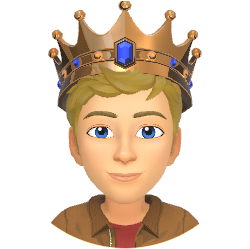Evidence for Evolution
Cards (55)
- What are two notable fossils that support evolution?
- How do fossils like 'Ardi' and 'Lucy' contribute to the theory of evolution?
- What type of evidence, alongside fossils, supports the theory of evolution?
- What collective evidence supports the theory of evolution?
- What does the collective evidence of fossils and tools help us understand?
- What type of evidence supports the existence of human ancestors?
- What do the skulls of chimpanzee, Ardipithecus, Australopithecus, Homo erectus, and modern human illustrate?
- Name one of the fossils that provide evidence for human-like species.
- Who is Lucy in the context of human ancestry?
- What do Ardi, Lucy, and Turkana Boy represent in human evolution?
- How long ago did the human-like species represented by Ardi, Lucy, and Turkana Boy live?
- What are the key fossils that provide evidence for human ancestors?
- What is the species name of Ardi?
- How old is Ardi estimated to be?
- Where was Ardi discovered?
- What are the key features of Ardi?
- How does Ardi's brain size compare to that of a chimpanzee?
- What feature of Ardi's foot indicates her ability to climb trees?
- What does the structure of Ardi's legs and pelvis suggest about her locomotion?
- What does the hand bone structure of Ardi indicate about her movement?
- What species is Lucy classified as?
- How old is Lucy estimated to be?
- Where was Lucy discovered?
- What are the key features of Lucy?
- How does Lucy's brain size compare to Ardi's?
- What does Lucy's pelvis and knee joint indicate about her movement?
- In what way are Lucy's feet different from Ardi's?
- How do Lucy's arm and leg proportions compare to Ardi's?
- What does it mean that Lucy has intermediate skeletal features?
- What species does Turkana Boy belong to?
- How old is Turkana Boy estimated to be?
- Where was Turkana Boy discovered?
- Who discovered Turkana Boy?
- What are the key features of Turkana Boy?
- How does Turkana Boy's brain size compare to earlier hominids?
- What does the body proportion of Turkana Boy suggest about his lifestyle?
- What does the structure of Turkana Boy's feet and legs indicate?
- What does the graph show about stone tools over time?
- What does the complexity of stone tools indicate about early humans?
- What is the time range for Homo habilis?
